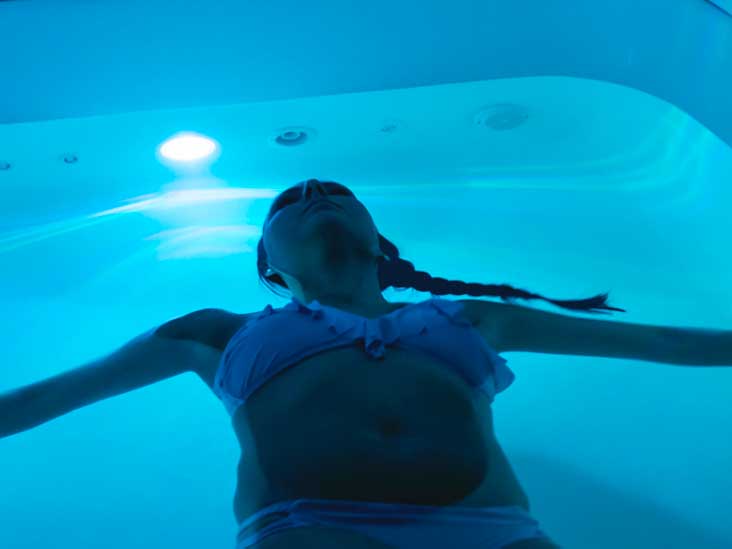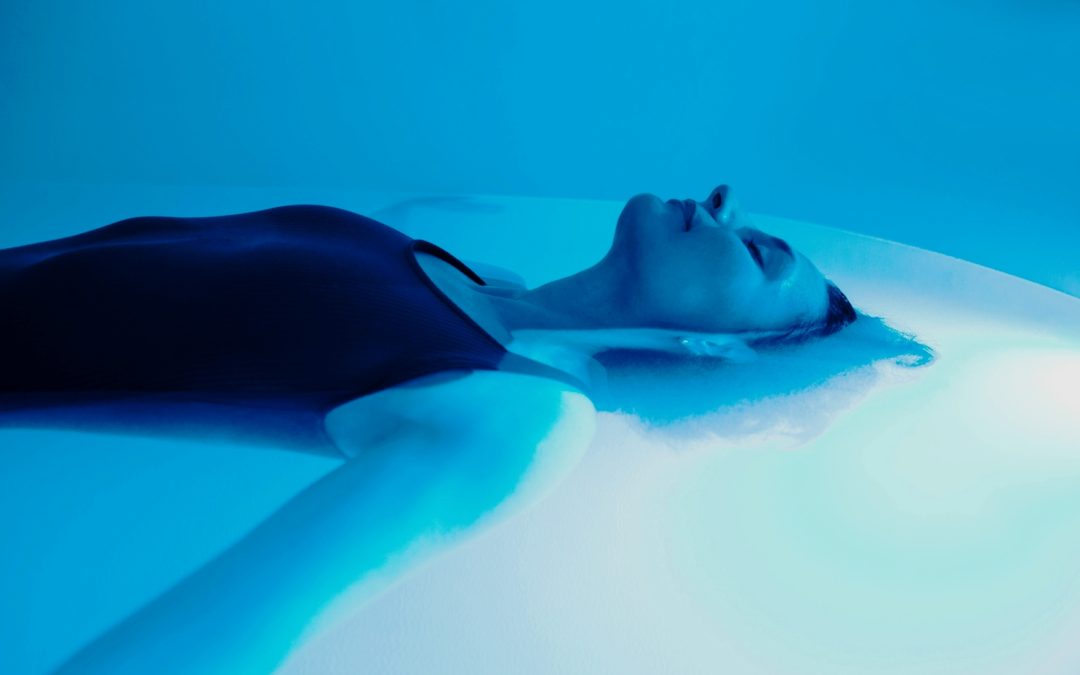Sensory deprivation has been used for years and years in order to find clarity and reach enlightenment. This has been done by retreating to a remote, quiet oasis or just by meditating alone. However, one popular type of sensory deprivation that is helping many with their anxiety is floating in a sensory deprivation tank.
What is a sensory deprivation tank?
A sensory deprivation tank was first used in 1954 and has since been found useful in easy anxiety. It is a lightless, soundproof tank that is filled with salt water at skin temperatures. The salt water allows you to literally float. In addition, by having the water the temperature of the skin, it becomes undetectable to the human touch.
Now you may be thinking, floating in a soundless and lightless tank sounds like it would increase my anxiety, not help it.
If you do have claustrophobia or severe anxiety, there are tanks that are open where you can float openly in a dark room.
How does it work?
Floating in a sensory deprivation tank that is free of all other outside stimuli ease anxiety by disconnecting us from our digital world and reconnecting us with ourselves.
Furthermore, floating activates the parasympathetic nervous system. Meaning it reduces your heart rate, lowers your cortisol levels, lowers your blood pressure, and allows you to relax.

How does it help with anxiety?
As Justin Feinstein, a neuroscientist at the Laureate Institute for Brain Research puts it,
“Anxiety is often primed: Little cues in our environment, little reminders, will trigger a cascade of thoughts and eventually worries and physiological reactions. What we don’t recognize is that every little ping from a text message or update is going to prime those same circuits. Having the phone constantly connected, and pinging away all day long, is going to keep these circuits active.”
If this is the case, then it seems that our first defense against anxiety is to what?
Tune out the cues that trigger us.
Floating in a sensory deprivation tank has been described as a therapy session with yourself. You are able to reset your mind in a way that you cannot when your phone is in your pocket.
Some floaters have even been able to get off their medication. Now that is incredible.
Is there anything I should know before trying a floating tank?
You should know that there is a learning curve to it. We are not used to being alone with our thoughts, being deprived of so many stimuli. or floating.
Hence, most of your first float will be acclimating to the new environment. Finding the perfect position for you to have your body so that you are the most comfortable. By your third float, you are able to really make improvements.

